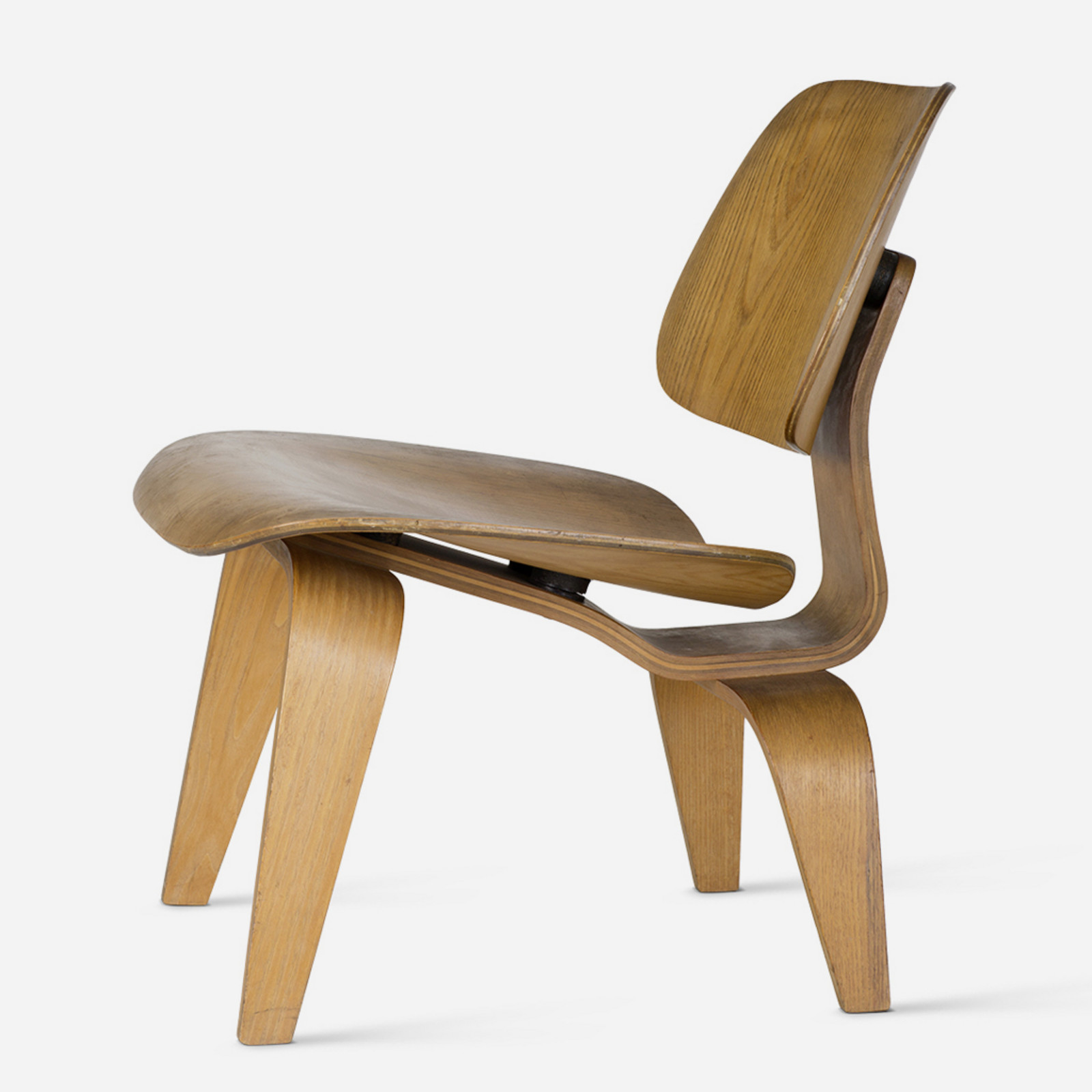Eames Style Desk Chair

The Eames chair, a mid-century modern icon, has inspired countless variations. While the original designs are highly sought after and command significant prices, the market offers a wide range of “Eames style” chairs, providing affordable alternatives with varying levels of quality and design faithfulness. Understanding the differences in materials and construction is key to selecting the perfect chair for your needs and aesthetic preferences.
Eames Style Desk Chair Variations and Materials
Eames style chairs are available in a variety of materials, each impacting the chair’s durability, comfort, and cost. The most common materials include molded plywood, fiberglass, and plastic. Variations also exist in the base, with options ranging from wire-style bases to wooden legs.
Eames style desk chair – The following points highlight the advantages and disadvantages of different materials used in the construction of Eames style chairs:
- Molded Plywood: Offers excellent durability and a warm, natural aesthetic. However, it can be more expensive than other materials and may be less comfortable for extended periods compared to chairs with padded seats. The plywood is often finished with a veneer, offering a variety of colors and textures.
- Fiberglass: Known for its lightweight nature and resilience. Fiberglass chairs are typically more affordable than molded plywood versions, but can feel less comfortable and might be more prone to scratching or chipping over time. The fiberglass shell can be left in its original color or painted in a variety of shades.
- Plastic: A more modern and often less expensive alternative. Plastic chairs offer a wide range of color options but may lack the same level of durability and sophisticated aesthetic as plywood or fiberglass versions. They are often less comfortable and can feel less substantial.
Aesthetic Differences in Eames Style Chair Finishes, Eames style desk chair
The finish significantly impacts the overall aesthetic of an Eames style chair. The choice of finish influences not only the visual appeal but also the chair’s feel and maintenance requirements.
Different finishes include:
- Wood Veneer: Provides a classic, natural look and feel. The veneer can be stained in various shades, offering a wide range of color options. Wood veneer requires careful maintenance to prevent damage.
- Painted Finishes: Offer a modern, versatile look, with a wide range of colors available. Painted finishes are often more durable and easier to clean than wood veneers. However, they may lack the warmth and natural texture of wood.
- Fabric Upholstery: Adds comfort and a softer aesthetic. Fabric upholstery comes in a wide variety of colors, patterns, and textures. Fabric upholstery requires regular cleaning and maintenance and may be more susceptible to wear and tear than other finishes.
Tactile Experience Comparison: Molded Plywood vs. Fiberglass
Sitting in a molded plywood Eames chair offers a distinctly different tactile experience compared to its fiberglass counterpart. The plywood chair provides a warm, smooth, and slightly yielding sensation due to the natural grain and curves of the wood. The inherent warmth of the wood contributes to a more inviting and comfortable feel, particularly during colder months. In contrast, the fiberglass shell feels cooler to the touch and offers a firmer, more rigid seating experience. While the fiberglass is smooth, it lacks the organic texture and comforting warmth of the wood, resulting in a more industrial and less cozy sensation. The difference is noticeable immediately upon sitting down and significantly impacts the overall comfort and sensory experience.
